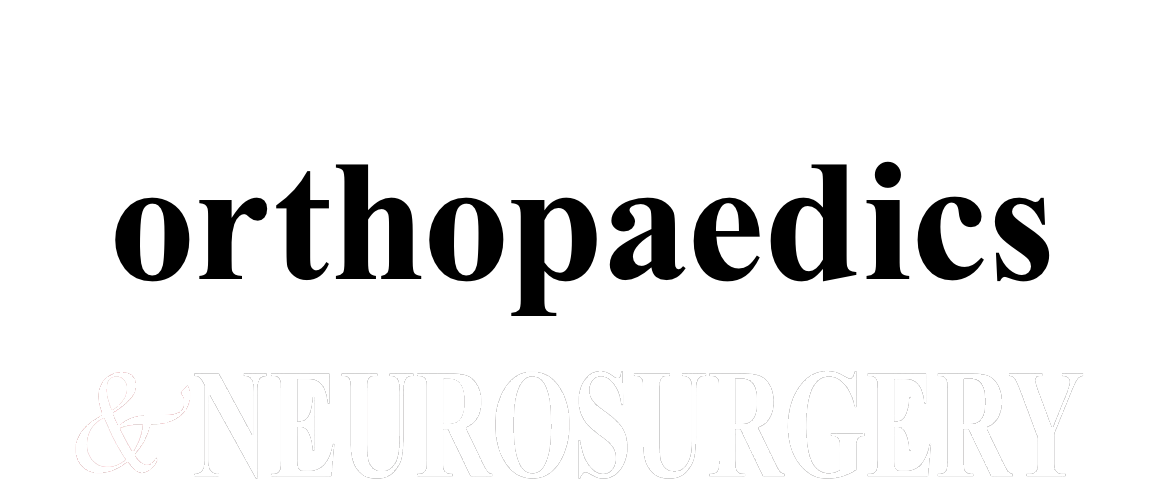Platelet-Rich Plasma (PRP) Injections
We are now excited to offer Platelet-Rich Plasma (PRP) injections to our patients. Platelet-rich plasma is a non-surgical regenerative therapy that uses a high concentration of platelets and plasma to promote regeneration and self-healing in many orthopedic injuries and conditions.
Currently in Orthopedics, PRP is being used for several conditions such as ligament injuries, tendon injuries, and arthritis. PRP injections can help alleviate painful symptoms and promote healing.
What is PRP?
Your blood is made up of plasma, red blood cells, white blood cells, and platelets. The platelets serve an important role in clotting, however, they also serve to promote healing of tissues. Platelets contain growth factors, which are proteins that stimulate a series of biological responses which aid in healing. Platelets-rich plasma is a preparation which your own blood is processed in a centrifuge machine and the platelets are separated from the rest of the blood components to create a platelet and plasma concentrate (often 5-10 times the concentration of growth factors found in normal blood). This is then injected into the affected area to speed the healing process.
The Procedure
This is an in-office procedure that involves a blood draw, preparation of the PRP, and the injection:
Blood is drawn from a vein in the patient’s arm into a syringe. The blood is processed using a centrifuge machine and then the centrifuged platelet-rich plasma is prepared for the injection. The affected joint area is cleansed with disinfectant. A local anesthetic will be used to numb the injection site. If ultrasound is being used, a special gel will be applied to an area of skin near the injection site. An ultrasound probe will be pressed against the gel-covered skin. A live image of the affected area will be projected onscreen for the provider to see. The patient is asked to relax; this will facilitate the injection and also can make the injection less painful. Using a syringe and needle, the doctor injects a small amount (often just 3 to 6 mL) of platelet-rich plasma into the affected area. The injection area is cleansed and bandaged.
Post-Procedural Care
It is recommend that you:
Apply a cold compress a few times a day for 10 to 20 minutes at a time to help decrease post-injection pain and swelling. Keep the injection sites clean and avoid hot tubs and swimming pools for 3 to 5 days following the injection. Showering the day of the injection or the next day is fine. Avoid anti-inflammatory medications before or after the injections. Please try to refrain from anti-inflammatories for two (2) weeks after the injection.
After the injected anesthetic has worn off (usually in a few hours), you likely will have temporary increase in stiffness and pain. Not only is this expected, but it is also necessary to signal the start of the healing process. This should only last a few days. This is normal and should not cause alarm. Drinking water following treatment will decrease pain and improve cell function.
Depending on your job and the areas treated, you may be advised to reduce your activities after treatment, but as a rule, you are encouraged to return to your usual activities as soon as you feel able. Avoid strenuous activities and/or sports on the day of your injection. Generally, within 2-4 days most patients resume a normal routine, but there is a wide variety of responses to these injections.
Treatment is intended to provide you with a long-lasting relief of your pain. In many cases your pain will be greatly diminished and not return unless you re-injure yourself. Some patients are healed with only one treatment while others, with more chronic or difficult problems, require more treatments. Complete relief of pain cannot be guaranteed.
You can resume your previous activities as soon as tolerated. Avoid high impact activities on the areas treated. You are encouraged to exercise in order to strengthen areas of weakness and for general fitness. The more active and fit you are, the quicker and easier your recovery will be.

